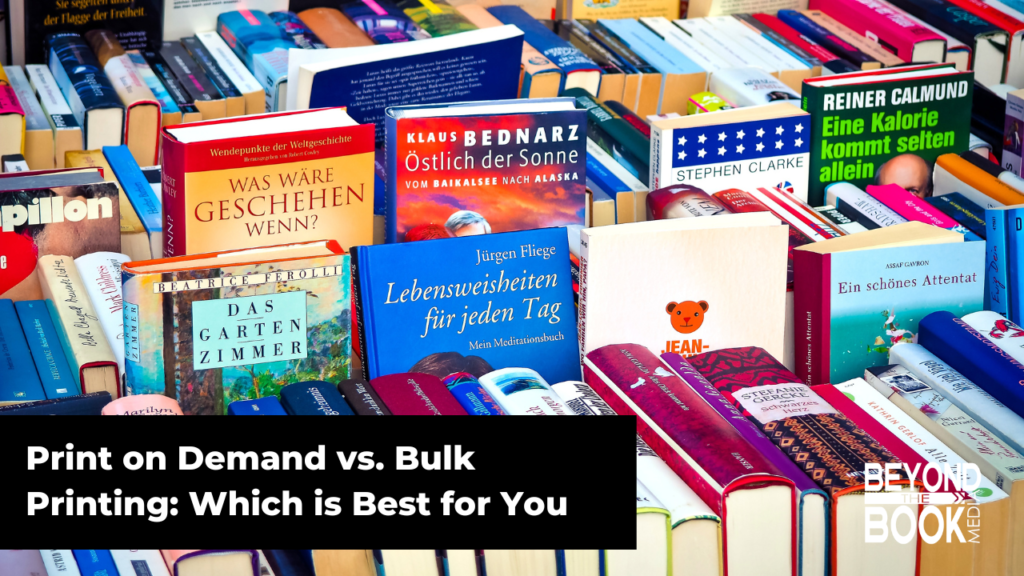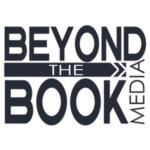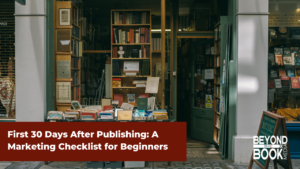Self-published authors today have more options than ever when it comes to printing physical copies of their books. Two of the most common methods are Print on Demand (POD) and bulk printing, each with its own advantages and drawbacks. Choosing the right approach depends on your budget, distribution strategy, and long-term goals.
But first, let’s talk about what a self-published author is. A self-published author is an independent writer who takes full control of the publishing process. Unlike traditionally published authors who work with publishing houses, self-published authors handle (or outsource) every step themselves, often using companies like us who offer editing, formatting, and uploading the book to platforms like Amazon KDP or IngramSpark.
This approach offers creative freedom, higher royalties per sale, and faster time-to-market. Whether publishing eBooks, paperbacks, or hardcovers, self-published authors are reshaping the literary landscape by bypassing gatekeepers and connecting directly with readers.
In this post, we’ll break down the key differences between print-on-demand and bulk printing, compare their costs, and help you decide which option is the best fit for your self-published book.

Understanding Print on Demand (POD)
Print on Demand is a service where books are printed individually as orders come in. Major POD providers include Amazon KDP Print, IngramSpark, Barnes & Noble Press, and Lulu.
Advantages of POD
- No upfront costs – You receive your royalty, and the platform takes its share of the printing cost when a copy is sold, eliminating financial risk.
- No inventory management – There’s no need to store or ship books yourself.
- Easy updates – You can revise your manuscript or cover files at any time without wasting printed stock.
- Global distribution – Many POD services automatically list your book on major retailers like Amazon, Barnes & Noble, and international stores.
Disadvantages of POD
- Higher per-unit cost – Printing one book at a time is more expensive than printing in bulk, which reduces profit margins.
- Limited customization – POD providers often have a small variety of paper quality, binding options, and special finishes.
- Dependence on third parties – Printing and shipping speeds are controlled by the provider, not you.
Understanding Bulk Printing
Bulk printing involves ordering a large quantity of books upfront, typically through offset printing (for 1,000+ copies) or short-run digital printing (for 100–500 copies).
Advantages of Bulk Printing
- Lower per-unit cost – The more copies you print, the cheaper each book becomes.
- Higher profit potential – Selling directly (at events, bookstores, or through your website) maximizes earnings.
- Greater customization – You can choose premium paper, embossing, foil stamping, and other special finishes.
- Personalized fulfillment – You control shipping speed rather than waiting for a POD provider.
Disadvantages of Bulk Printing
- Large upfront investment – You must pay for printing and shipping before selling any books.
- Storage and logistics – You’ll need space to store inventory and handle packaging and shipping.
- Risk of unsold stock – If sales are slower than expected, you may be left with excess inventory.
- Difficult to update – Any corrections or revisions require a new print run, making errors costly.
Cost Comparison: POD vs. Bulk Printing
To illustrate the financial differences, let’s consider a 300-page paperback book (6×9 inches, black-and-white interior).
With Print on Demand (such as Amazon KDP or IngramSpark), each book might cost around $4 to $5 to print, with no upfront fees. This means no financial risk, but your profit per sale is lower.
With bulk printing, the per-unit cost drops significantly with larger orders. A short-run print of 100 copies might cost around $3 per book, while an offset print run of 1,000 copies could bring the cost down to $2 or less per book. However, you’ll need to pay hundreds or thousands of dollars upfront before selling a single copy.
Which Option Is Right for You?
Choose Print on Demand If…
- You’re a new author testing the market.
- You don’t want to handle inventory or shipping logistics.
- You primarily sell online through retailers like Amazon.
- You anticipate making frequent updates to your book.
Choose Bulk Printing If…
- You have a proven audience (strong pre-orders, crowdfunding backers, or an established fanbase).
- You sell books in person at events, bookstores, or speaking engagements.
- You want higher-quality printing with special finishes.
- You can afford the upfront investment and have storage space.
A Hybrid Approach
Some authors use a combination of both methods:
- POD for online sales – Ensures wide distribution without upfront costs.
- Bulk printing for direct sales – A small batch (100–200 copies) for speaking events or small local stores.
This approach minimizes risk while allowing for greater profitability in key areas.
There’s no one-size-fits-all answer—the best choice depends on your budget, sales strategy, and goals. Print-on-demand is ideal for authors who want flexibility and low risk, while bulk printing offers cost savings and customization for those with strong demand.
If you’re unsure, starting with POD and then moving to bulk printing once you have consistent sales can be a smart way to get started.





